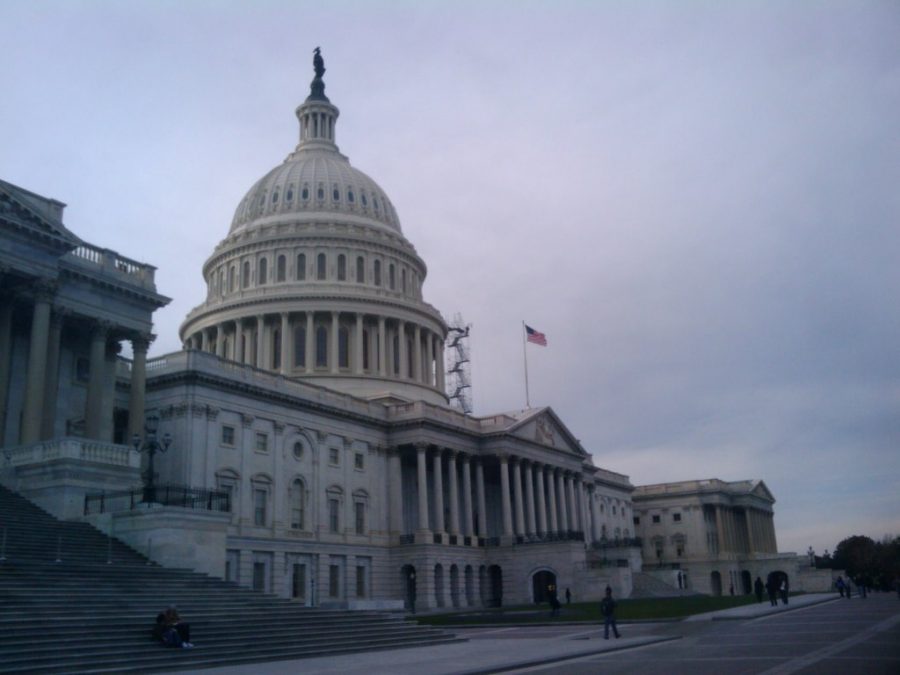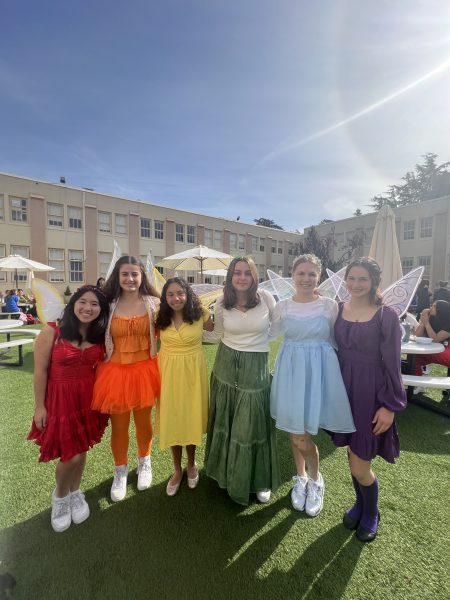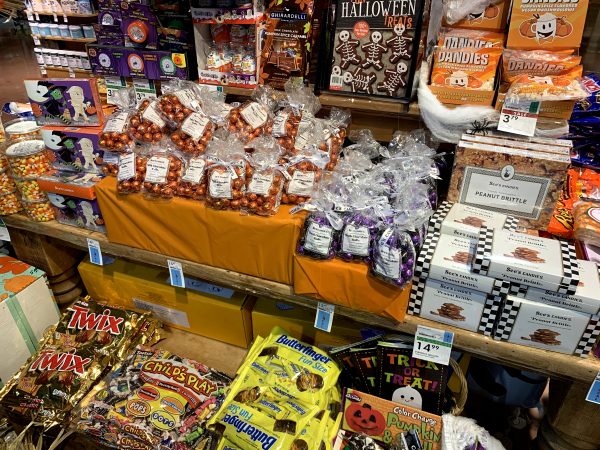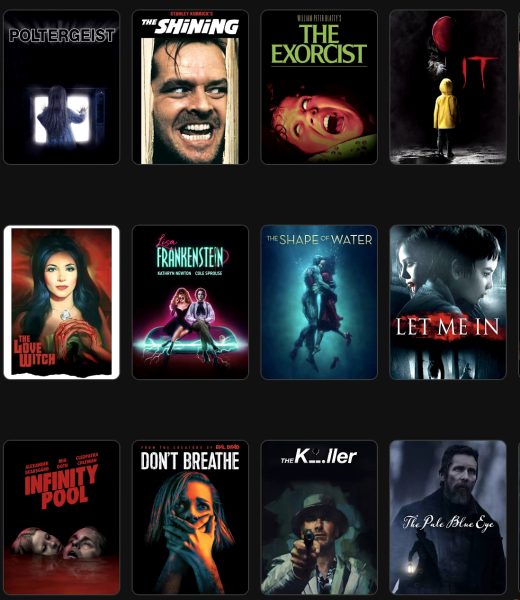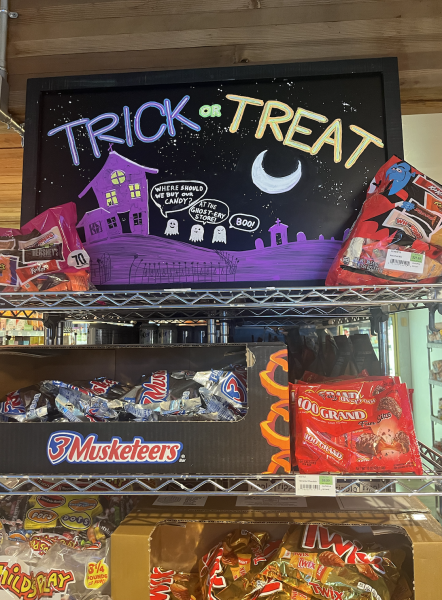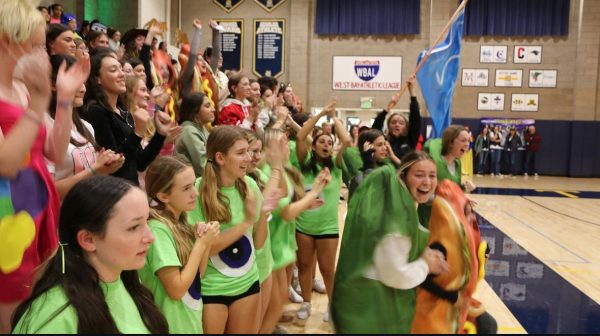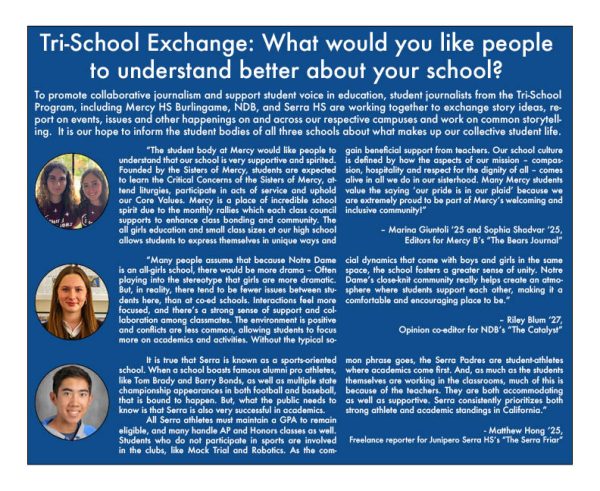Pro-Trump rioters storm the Capitol
The Catalyst / Creative Commons
On January 6, a mob of Trump supporters led a riot at the Capitol.
On January 6, a mob of Trump supporters attacked the Capitol building in an effort to stop Congress’s confirmation of Joe Biden as the winner of the presidential election. The rioters breached Capitol security and were able to enter the building, forcing members of Congress to flee to safety.
The insurrection came after several weeks of President Donald Trump encouraging his supporters on social media to stop the election results from being certified due to his claims of widespread voter fraud. On the morning of the riot, Trump held a large rally where he addressed his supporters and told them to walk to the Capitol.
Once at the Capitol, the rioters overwhelmed the security forces present and breach the building’s perimeter, breaking down doors and barricades to get inside. When the mob first entered the building, senators were still attempting to certify the election results just a floor away from the chaos. As the riots progressed, Congress was eventually evacuated from the scene and taken to undisclosed locations.
The day turned violent as police clashed with the rioters, many of whom were armed, resulting in five fatalities and many more injuries. The National Guard was called in during the late afternoon to help the outnumbered police forces attempt to control the crowds. A curfew was imposed at 6 pm in Washington D.C. as the riot continued. It was not until 8 pm that evening that the Capitol was declared secure, and Congress was able to return.
The day’s events have been labelled as domestic terrorism by many, as it was an illegal attack on government property. Numerous rioters sported racist propaganda, such as pro-Holocaust and anti-black tee-shirts, and the confederate flag.
The majority of rioters left the Capitol after President Trump released a video statement gently telling them to go home. While the riot solidified the loyalty of Trump’s fan base, it also alienated many of his important political allies. House Majority Leader Mitch McConnell, a longtime staunch supporter of Trump, said that the mob was “fed lies” and “provoked by the president and other powerful people” on the Senate floor.
Trump’s encouragement of this act of insurrection led to a second impeachment by the House of Representatives in his only presidential term.
His use of social media to rally supporters before and during the event has also led to Trump’s permanent ban from Twitter and Snapchat. Instagram, FaceBook, and Youtube have imposed indefinite suspensions on his accounts, but may consider reopening after tensions surrounding the presidential transfer of power die down.
Since the insurrection, more than 100 arrests of rioters have been made, and 200 case files have been opened by the FBI (BBC). Many cases were aided with evidence from social media platforms, as several participants filmed themselves storming the Capitol and destroying federal property and shared this content online.

Amelia has been a member of The Catalyst staff since 2018. She served as the co-editor of the Arts & Life section from 2018-2019, Managing Editor from...

Peyton Daley is a senior and this is her third year as a Catalyst writer. She served as Arts & Life Editor her sophomore year and Managing Editor her...

